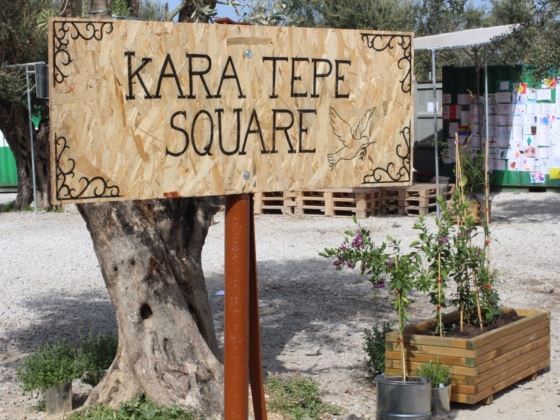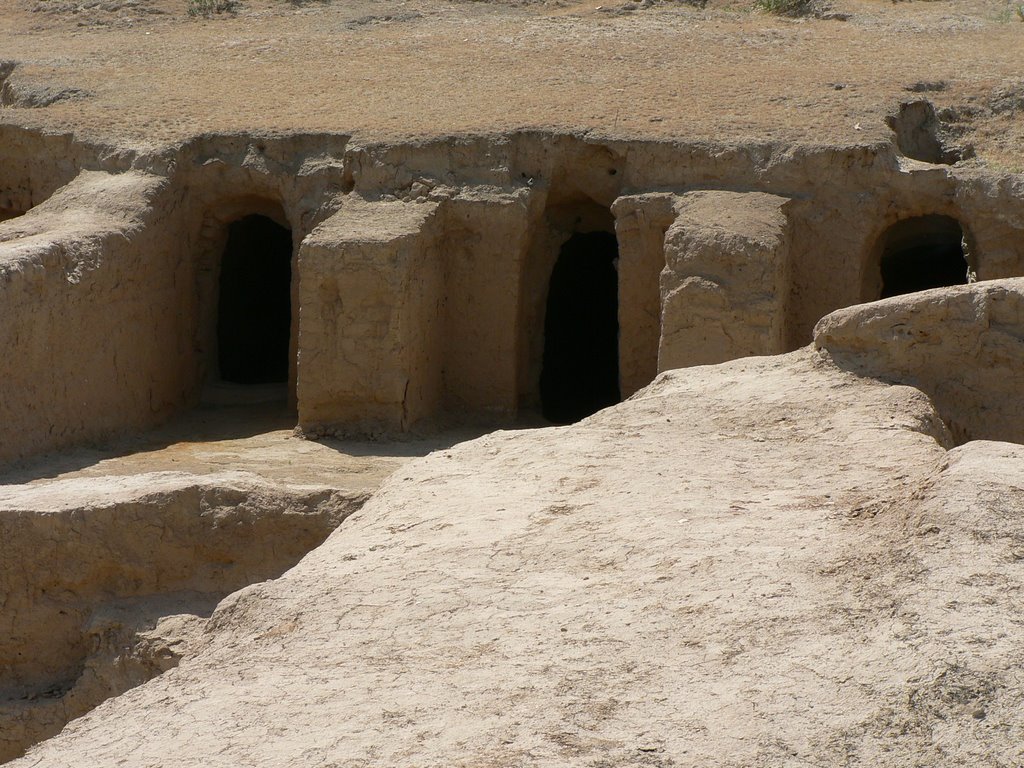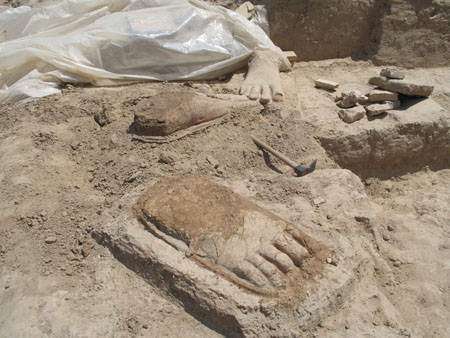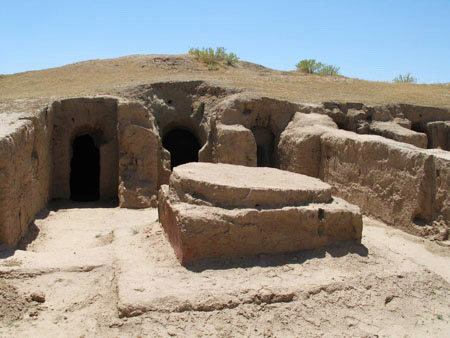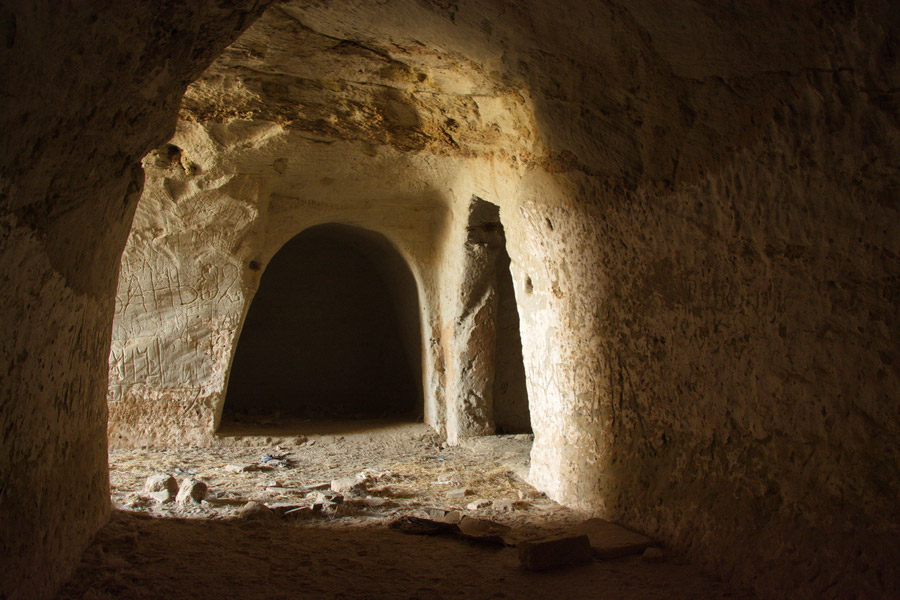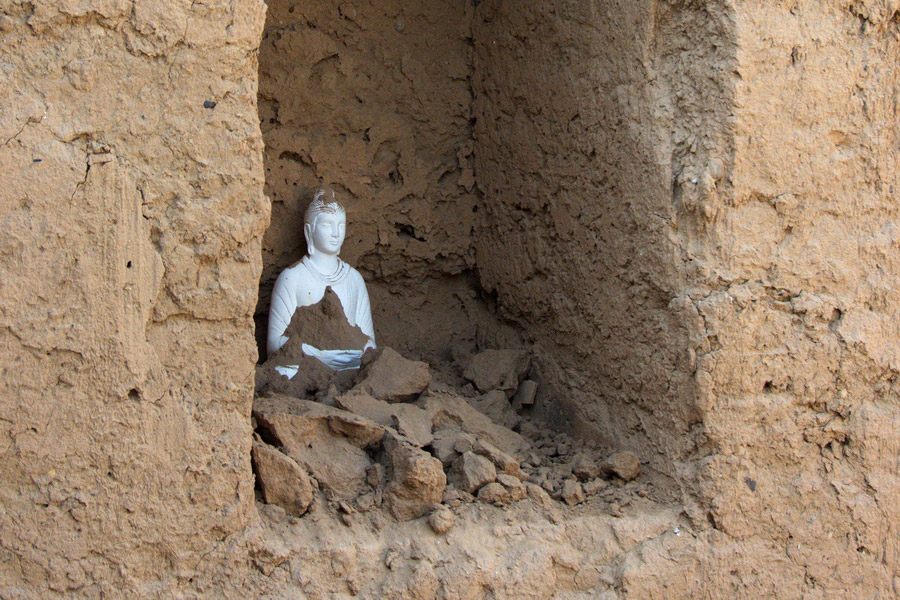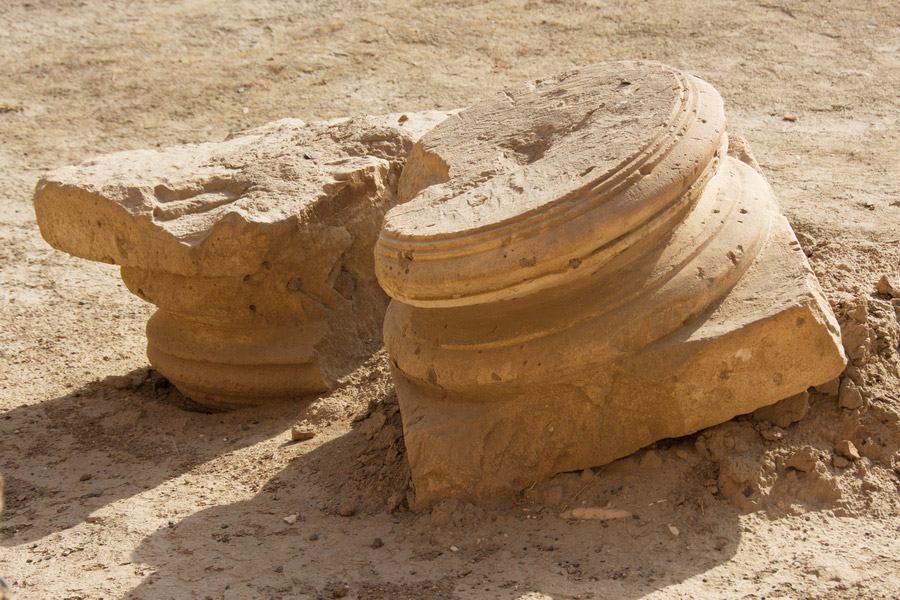Kara Tepe is located about 2.5km to the northeast of Mytilene, the capital of the island of Lesbos. The camp is managed by a special organization affiliated with the Municipality of Lesvos and led by Stavrous Mirogiannis. The purpose of the camp is to provide temporary housing for asylum seekers as they await their registration processes. Kara Tepe is the overflow site for the Moria registration center, known as a hotspot established by the Greek government through which new arrivals would be processed. Asylum seekers spend a minimum of 25 days in the Moria camp before being transferred to Kara Tepe. As of December 2017 there were 990 recorded refugees at the Kara Tepe camp.
Kara Tepe's mandate is to accommodate families and vulnerable populations (unaccompanied minors, women, children), whereas Moria is for initial processing and single men. The majority of individuals living in the camp are of Syrian, Afghani or Iraqi origin. According to a survey conducted in December 2016, asylum seekers spent an average of four months at the Kara Tepe camp. Asylum seekers living in Kara Tepe are able to leave and reenter the site daily. The services at the site are run, in large part, by several NGOs, among them: Movement on the Ground and ERCI. Médecins Sans Frontières has a clinic in Mytilini that serves patients from the Kara Tepe camp who are referred to them by outreach teams.
While Kara Tepe has been lauded for its infrastructure and community-like atmosphere, the residents of Kara Tepe and the administration of the camp still face a great deal of challenges. Such challenges include: inadequate access to electricity, limited space and resources for food preparation, restrictions on employment and educational opportunities, lack of targeted mental health interventions for youth, and poor access to legal advice. In August 2017, Kara Tepe's accommodation capacity was expanded by 56% to make room for up to 1250 persons. UNHCR reported that 260 new accommodation units had been installed at the camp in 2017.

